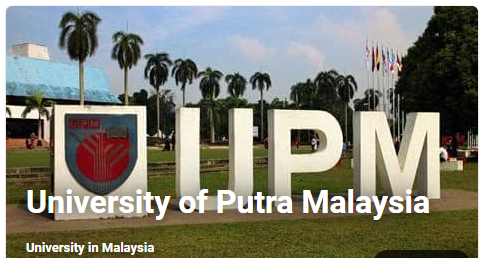Malaysia Project
Timeframe
October 2021 to June 2024
Context
Agriculture accounts for around 9% of Malaysia’s GDP, of which the majority is palm oil, and around 10% of employment in the country.
Malaysia’s updated Nationally Determined Contribution of 2021 makes an unconditional commitment to reducing carbon intensity by 45% by 2030 compared to 2005.
Malaysia has been a member of GRA since 2009. The NZCSA initiative is Improving Malaysia’s GHG inventory reporting by developing Tier 2 emissions factors for livestock, particularly cattle. It enables better understanding of mitigation options for livestock.
Progress
The Improvements to the inventory are supporting the development of domestic agricultural policies by establishing robust production data, identifying mitigation opportunities for livestock and tracking reductions.
Reports
Project Information
Implementation Partners
In-country partners
Malaysia Agriculture Research and Development Institute (MARDI)
Institute of Tropical Agriculture and Food Security (ITAFoS) of the Universiti Putra Malaysia (UPM)
Institute of Food Security and Sustainable Agriculture (IFSSA) of The Universiti Malaysia Kelantan
The Faculty of Sustainable Agriculture, Universiti Malaysia Sabah
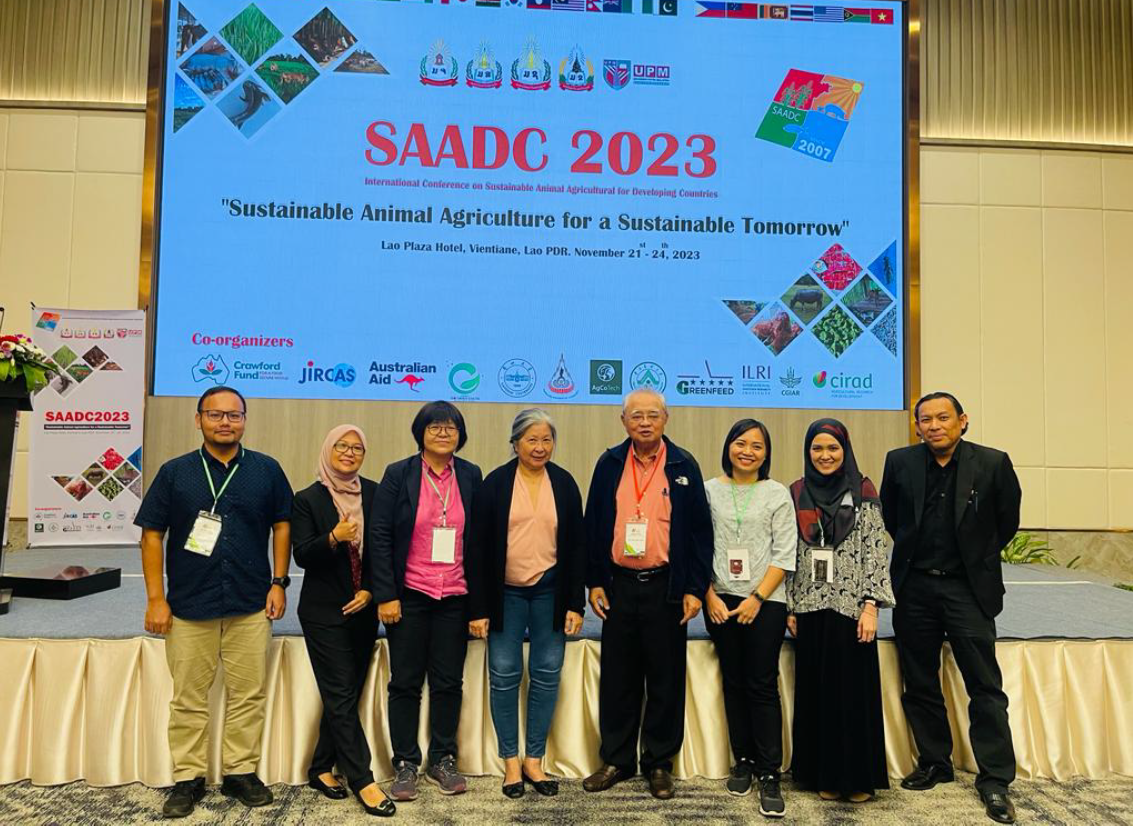
The Malaysia Project’s research team at the 2023 SAADC conference where they organised a NZ CSA side event (Nov 2023). Including: Dr. Hasliza Abu Hassim, Dr. Juan Boo Liang, Dr. Tee Tuan Poy, Dr. Mohd Huzairi Mohd Zainudin, and Dr. Nor Dini Rusli (UPM), Dr. Candyrine Su Chui Len (UMS), Mr Azizi Ahmad Azmin (Malaysia Agricultural Research and Development Institute).
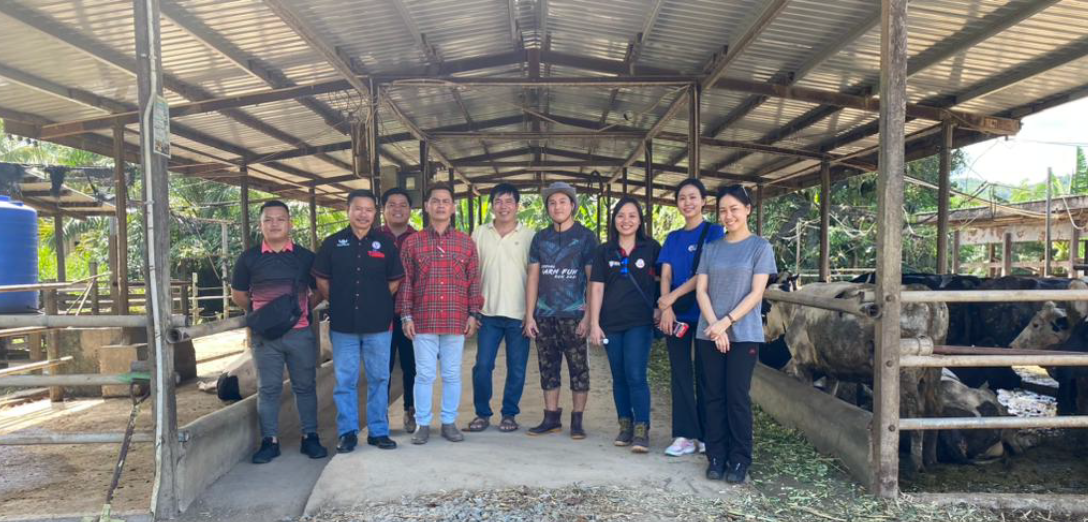
A Farm field survey team. These typically consisted of UPM Research team, small scale farm owner, research assistants and DVS Malaysia local extension agent. This field surveys covered 6 separate regions and often required researchers to stay at the farms to gather data on the available feed and amounts consumed.
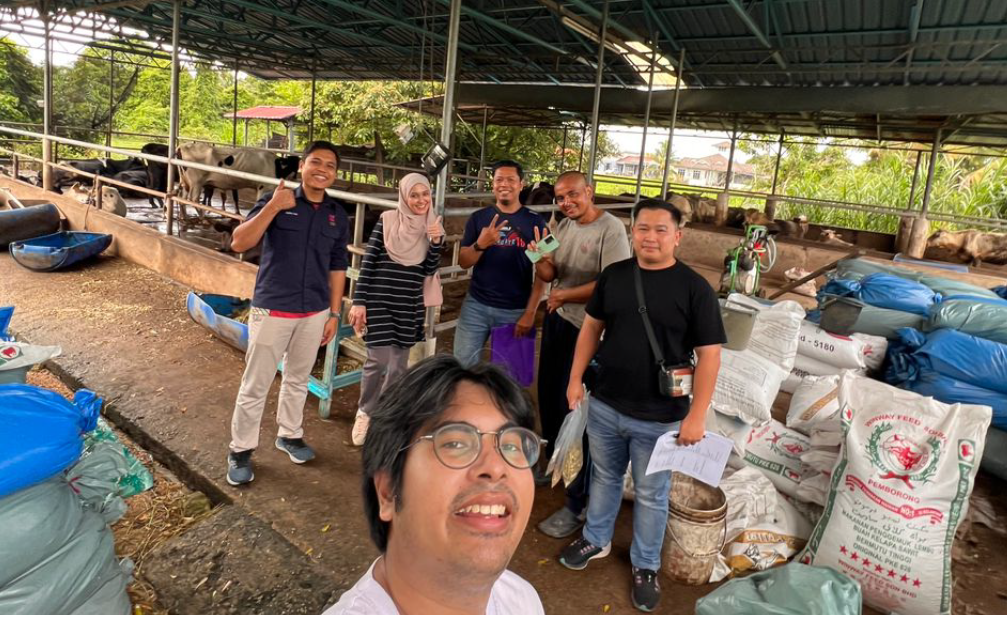
A Farm field survey team. These typically consisted of UPM Research team, small scale farm owner, research assistants and DVS Malaysia local extension agent. This field surveys covered 6 separate regions and often required researchers to stay at the farms to gather data on the available feed and amounts consumed.
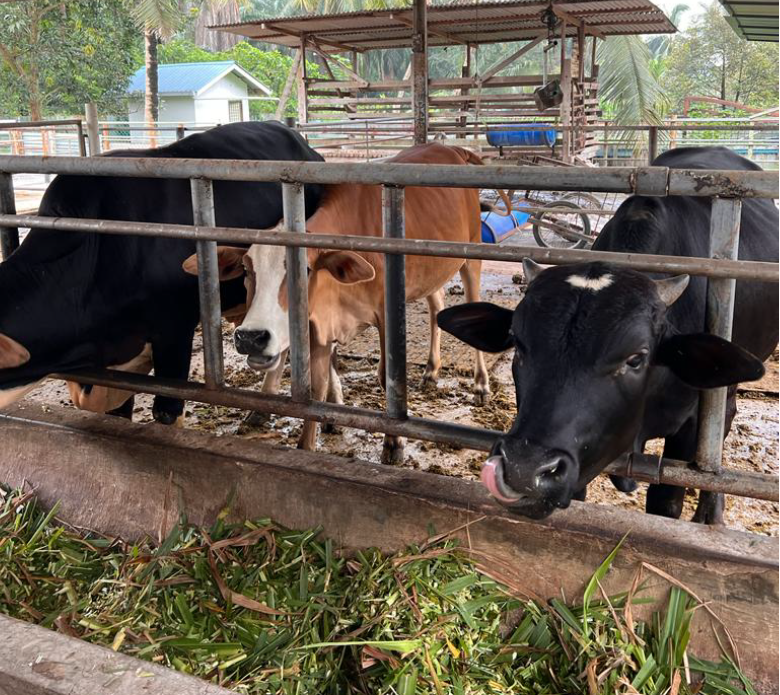
A typical smallholder farm in Malaysia.


